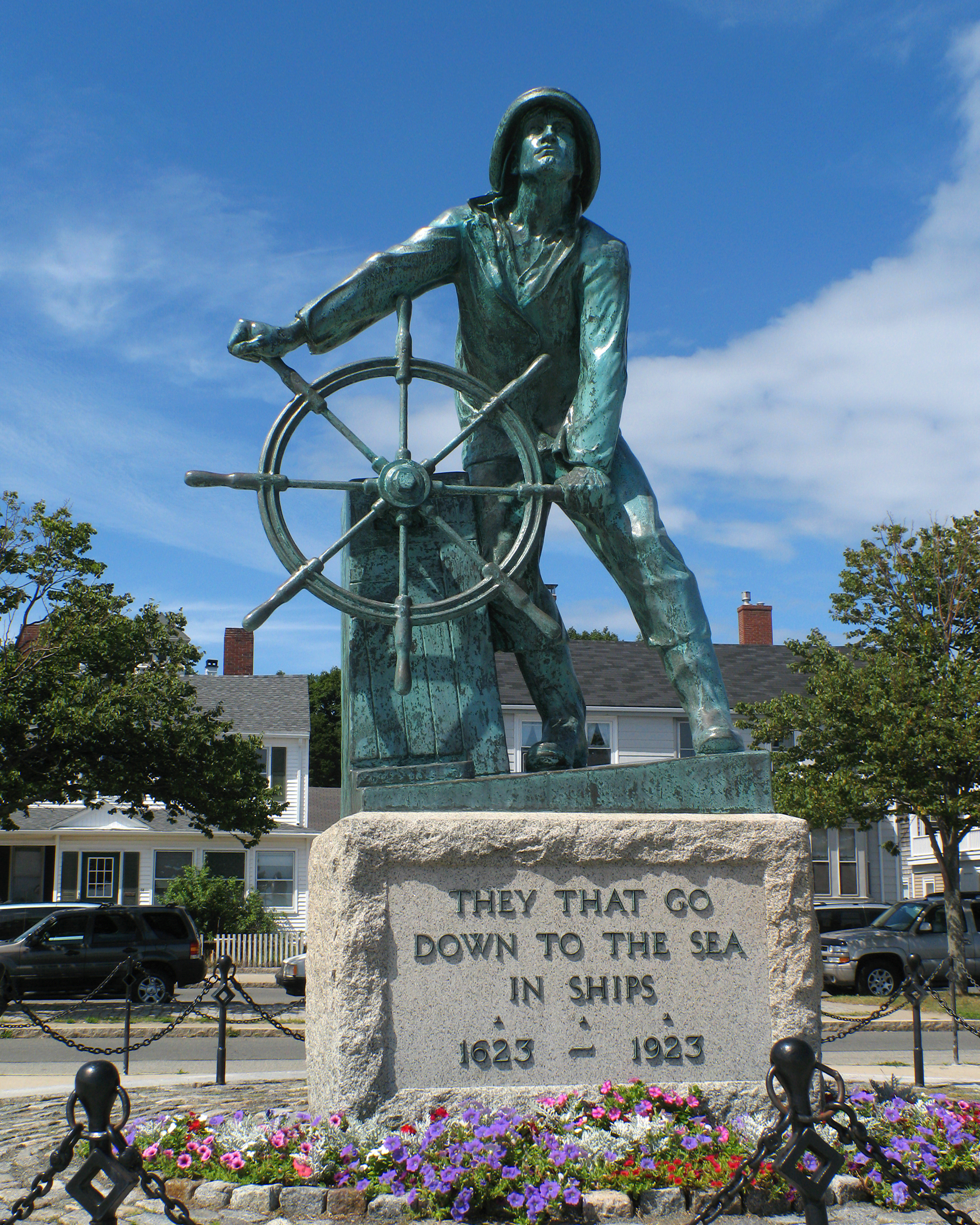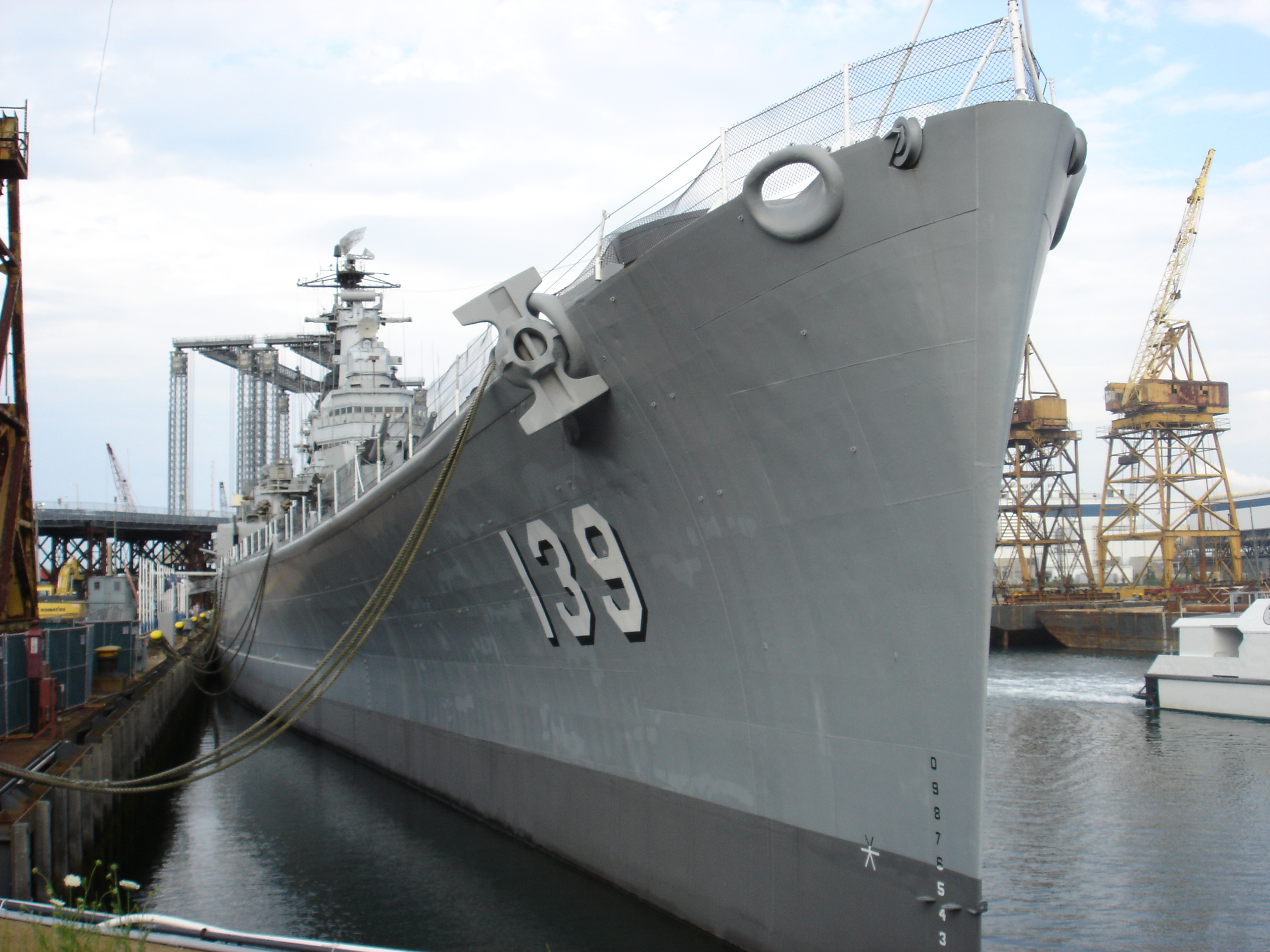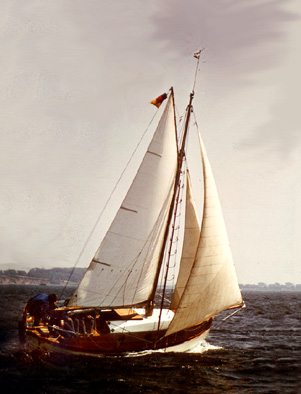|
Fortune 30
The Fortune 30 is a Canadian sailboat that was conceived by Canadian TV weather presenter, Bob Fortune and designed by Stan Huntingford as a cruiser, first built in 1974. Production The design's hull was built by Cooper Enterprises in Port Coquitlam, British Columbia and then finished by a number of local boatyards, including Philbrook's Boatyard in Sidney, British Columbia. Design The Fortune 30 is a recreational keelboat, built predominantly of fibreglass, with wood trim. It has a cutter rig, a clipper bow, an angled transom, a skeg-mounted rudder controlled by a wheel and a fixed fin keel. It displaces and carries of ballast. The boat has a draft of with the standard keel. The boat is fitted with a Swedish Volvo diesel engine for docking and manoeuvring. The fuel tank holds and the fresh water tank has a capacity of . The design has a hull speed of . See also *List of sailing boat types The following is a partial list of sailboat types and sailing classes, includ ... [...More Info...] [...Related Items...] OR: [Wikipedia] [Google] [Baidu] |
Stan Huntingford
Stan or STAN may refer to: People * Stan (given name), a list of people with the given name ** Stan Laurel (1890–1965), English comic actor, part of duo Laurel and Hardy * Stan (surname), a Romanian surname * Stan! (born 1964), American author, cartoonist and games designer Steven Brown * Stan (singer) (born 1987), Greek singer born Stratos Antipariotis Arts and entertainment Fictional characters * Stan, an alligator in the 2006 Disney animated film '' The Wild'' * Grunkle Stan, in the animated TV series ''Gravity Falls'' * Stan, in the 2009 American fantasy comedy movie '' 17 Again'' * Stan, from the film '' Crawl'' * Stan Beeman, in the TV series ''The Americans'' * Stan Carter, in the British soap opera ''EastEnders'' * Stan Edgar, in the Amazon Prime Video series ''The Boys'' * Stan Gable, in the '' Revenge of the Nerds'' film series played by Ted McGinley * Stan Marsh, in the animated TV series ''South Park'' * Stan Ogden, in the British soap opera ''Coronation Street'' ... [...More Info...] [...Related Items...] OR: [Wikipedia] [Google] [Baidu] |
British Columbia
British Columbia (commonly abbreviated as BC) is the westernmost Provinces and territories of Canada, province of Canada, situated between the Pacific Ocean and the Rocky Mountains. It has a diverse geography, with rugged landscapes that include rocky coastlines, sandy beaches, forests, lakes, mountains, inland deserts and grassy plains, and borders the province of Alberta to the east and the Yukon and Northwest Territories to the north. With an estimated population of 5.3million as of 2022, it is Canada's Population of Canada by province and territory, third-most populous province. The capital of British Columbia is Victoria, British Columbia, Victoria and its largest city is Vancouver. Vancouver is List of census metropolitan areas and agglomerations in Canada, the third-largest metropolitan area in Canada; the 2021 Canadian census, 2021 census recorded 2.6million people in Metro Vancouver Regional District, Metro Vancouver. The First Nations in Canada, first known human inhabi ... [...More Info...] [...Related Items...] OR: [Wikipedia] [Google] [Baidu] |
Sailing Yachts
A sailing yacht (US ship prefixes SY or S/Y), is a leisure craft that uses sails as its primary means of propulsion. A yacht may be a sail or power vessel used for pleasure, cruising, or racing. There is no standard definition, so the term applies here to sailing vessels that have a cabin with amenities that accommodate overnight use. To be termed a "yacht", as opposed to a "boat", such a vessel is likely to be at least in length and have been judged to have good aesthetic qualities. Sailboats that do not accommodate overnight use or are smaller than are not universally called yachts. Sailing yachts in excess of are generally considered to be superyachts. Sailing yachts are actively used in sport and are among categories recognized by the governing body of sailing sports, World Sailing. Etymology The term ''yacht'' originates from the Dutch word ''jacht'' (pl. ''jachten'', which means "hunt"), and originally referred to light, fast sailing vessels that the Dutch Republic na ... [...More Info...] [...Related Items...] OR: [Wikipedia] [Google] [Baidu] |
1970s Sailboat Type Designs
Year 197 ( CXCVII) was a common year starting on Saturday (link will display the full calendar) of the Julian calendar. At the time, it was known as the Year of the Consulship of Magius and Rufinus (or, less frequently, year 950 ''Ab urbe condita''). The denomination 197 for this year has been used since the early medieval period, when the Anno Domini calendar era became the prevalent method in Europe for naming years. Events By place Roman Empire * February 19 – Battle of Lugdunum: Emperor Septimius Severus defeats the self-proclaimed emperor Clodius Albinus at Lugdunum (modern Lyon). Albinus commits suicide; legionaries sack the town. * Septimius Severus returns to Rome and has about 30 of Albinus's supporters in the Senate executed. After his victory he declares himself the adopted son of the late Marcus Aurelius. * Septimius Severus forms new naval units, manning all the triremes in Italy with heavily armed troops for war in the East. His soldiers embark on ... [...More Info...] [...Related Items...] OR: [Wikipedia] [Google] [Baidu] |
Keelboats
A keelboat is a riverine cargo-capable working boat, or a small- to mid-sized recreational sailing yacht. The boats in the first category have shallow structural keels, and are nearly flat-bottomed and often used leeboards if forced in open water, while modern recreational keelboats have prominent fixed fin keels, and considerable draft. The two terms may draw from cognate words with different final meaning. A keep boat, keelboat, or keel-boat is a type of usually long, narrow cigar-shaped riverboat, or unsheltered water barge which is sometimes also called a poleboat—that is built about a slight keel and is designed as a boat built for the navigation of rivers, shallow lakes, and sometimes canals that were commonly used in America including use in great numbers by settlers making their way west in the century-plus of wide-open western American frontiers. They were also used extensively for transporting cargo to market, and for exploration and trading expeditions, for w ... [...More Info...] [...Related Items...] OR: [Wikipedia] [Google] [Baidu] |
List Of Sailing Boat Types
The following is a partial list of sailboat types and sailing classes, including keelboats, dinghies and multihull ( catamarans and trimarans). Olympic classes World Sailing Classes Historically known as the IYRU (International Yacht Racing Union), the organization evolved into the ISAF (International Sailing Federation) in 1996, and as of December 2015 is now World Sailing. Dinghies Keelboats & yachts Multihulls Boards Radio-controlled Former World Sailing-classes Dinghies Keelboats & yachts Multihulls Boards Other classes and sailboat types Dinghies Keelboats & yachts Multihulls See also * Classic dinghy classes * List of boat types * List of historical ship types * List of keelboat classes designed before 1970 * Olympic sailing classes * Small-craft sailing * Clansman 30 Notes References {{DEFAULTSORT:Sailing boat types Types * Boat types A boat is a watercraft of a large range of types and sizes, but ge ... [...More Info...] [...Related Items...] OR: [Wikipedia] [Google] [Baidu] |
Hull Speed
Hull speed or displacement speed is the speed at which the wavelength of a vessel's bow wave is equal to the waterline length of the vessel. As boat speed increases from rest, the wavelength of the bow wave increases, and usually its crest-to-trough dimension (height) increases as well. When hull speed is exceeded, a vessel in displacement mode will appear to be climbing up the back of its bow wave. From a technical perspective, at hull speed the bow and stern waves interfere constructively, creating relatively large waves, and thus a relatively large value of wave drag. Ship drag for a displacement hull increases smoothly with speed as hull speed is approached and exceeded, often with no noticeable inflection at hull speed. The concept of hull speed is not used in modern naval architecture, where considerations of speed/length ratio or Froude number are considered more helpful. Background As a ship moves in the water, it creates standing waves that oppose its movement. T ... [...More Info...] [...Related Items...] OR: [Wikipedia] [Google] [Baidu] |
Keel
The keel is the bottom-most longitudinal structural element on a vessel. On some sailboats, it may have a hydrodynamic and counterbalancing purpose, as well. As the laying down of the keel is the initial step in the construction of a ship, in British and American shipbuilding traditions the construction is dated from this event. Etymology The word "keel" comes from Old English , Old Norse , = "ship" or "keel". It has the distinction of being regarded by some scholars as the first word in the English language recorded in writing, having been recorded by Gildas in his 6th century Latin work '' De Excidio et Conquestu Britanniae'', under the spelling ''cyulae'' (he was referring to the three ships that the Saxons first arrived in). is the Latin word for "keel" and is the origin of the term careen (to clean a keel and the hull in general, often by rolling the ship on its side). An example of this use is Careening Cove, a suburb of Sydney, Australia, where careening was carried ... [...More Info...] [...Related Items...] OR: [Wikipedia] [Google] [Baidu] |
Ship's Wheel
A ship's wheel or boat's wheel is a device used aboard a water vessel to steer that vessel and control its course. Together with the rest of the steering mechanism, it forms part of the helm. It is connected to a mechanical, electric servo, or hydraulic system which alters the horizontal angle of the vessel's rudder relative to its hull. In some modern ships the wheel is replaced with a simple toggle that remotely controls an electro-mechanical or electro-hydraulic drive for the rudder, with a rudder position indicator presenting feedback to the helmsman. History Until the invention of the ship's wheel, the helmsman relied on a tiller—a horizontal bar fitted directly to the top of the rudder post—or a whipstaff—a vertical stick acting on the arm of the ship's tiller. Near the start of the 18th century, a large number of vessels appeared using the ship's wheel design, but historians are unclear when the approach was first used. Design A traditional ship's wheel is comp ... [...More Info...] [...Related Items...] OR: [Wikipedia] [Google] [Baidu] |
Transom (nautical)
A transom is the vertical reinforcement which strengthens the stern of a boat. This flat termination of the stern is typically above the waterline. The term was used as far back as Middle English in the 1300s, having come from Latin ''transversus'' (transverse) via Old French ''traversain'' (set crosswise). The stern of a boat is typically vertical. It can be raked such that there is an overhang above the water, as at the bow. A reverse transom is angled from the waterline forwards. Transoms can be used to support a rudder, outboard motor, or as a swimming and access platform. Gallery File:The Bermuda cedar (Juniperus bermudiana) transom of Spirit of Bermuda, 2016.jpg, The Bermuda cedar transom of the Spirit of Bermuda File:Sea Scooter transom.jpg, Flat transom on a dinghy with mount points for a rudder. File:Coble on shore at Boulmer (2) - geograph.org.uk - 1381157.jpg, Raked transom with rudder mount points. File:CS 30 Sailboat Kelsea 0297.jpg, Reverse transom with rudde ... [...More Info...] [...Related Items...] OR: [Wikipedia] [Google] [Baidu] |
Clipper Bow
The bow () is the forward part of the hull of a ship or boat, the point that is usually most forward when the vessel is underway. The aft end of the boat is the stern. Prow may be used as a synonym for bow or it may mean the forward-most part of the bow above the waterline. Function A ship's bow should be designed to enable the hull to pass efficiently through the water. Bow shapes vary according to the speed of the boat, the seas or waterways being navigated, and the vessel's function. Where sea conditions are likely to promote pitching, it is useful if the bow provides reserve buoyancy; a flared bow (a raked stem with flared topsides) is ideal to reduce the amount of water shipped over the bow. Ideally, the bow should reduce the resistance and should be tall enough to prevent water from regularly washing over the top of it. Large commercial barges on inland waterways rarely meet big waves and may have remarkably little freeboard at the bow, whereas fast military v ... [...More Info...] [...Related Items...] OR: [Wikipedia] [Google] [Baidu] |
Cutter Rig
A cutter is a type of watercraft. The term has several meanings. It can apply to the rig (or sailplan) of a sailing vessel (but with regional differences in definition), to a governmental enforcement agency vessel (such as a coast guard or border force cutter), to a type of ship's boat which can be used under sail or oars, or, historically, to a type of fast-sailing vessel introduced in the 18th century, some of which were used as small warships. As a sailing rig, a cutter is a single-masted boat, with two or more headsails. On the eastern side of the Atlantic, the two headsails on a single mast is the fullest extent of the modern definition. In U.S. waters, a greater level of complexity applies, with the placement of the mast and the rigging details of the bowsprit taken into account so a boat with two headsails may be classed as a sloop. Government agencies use the term "cutter" for vessels employed in patrolling their territorial waters and other enforcement activities. T ... [...More Info...] [...Related Items...] OR: [Wikipedia] [Google] [Baidu] |






